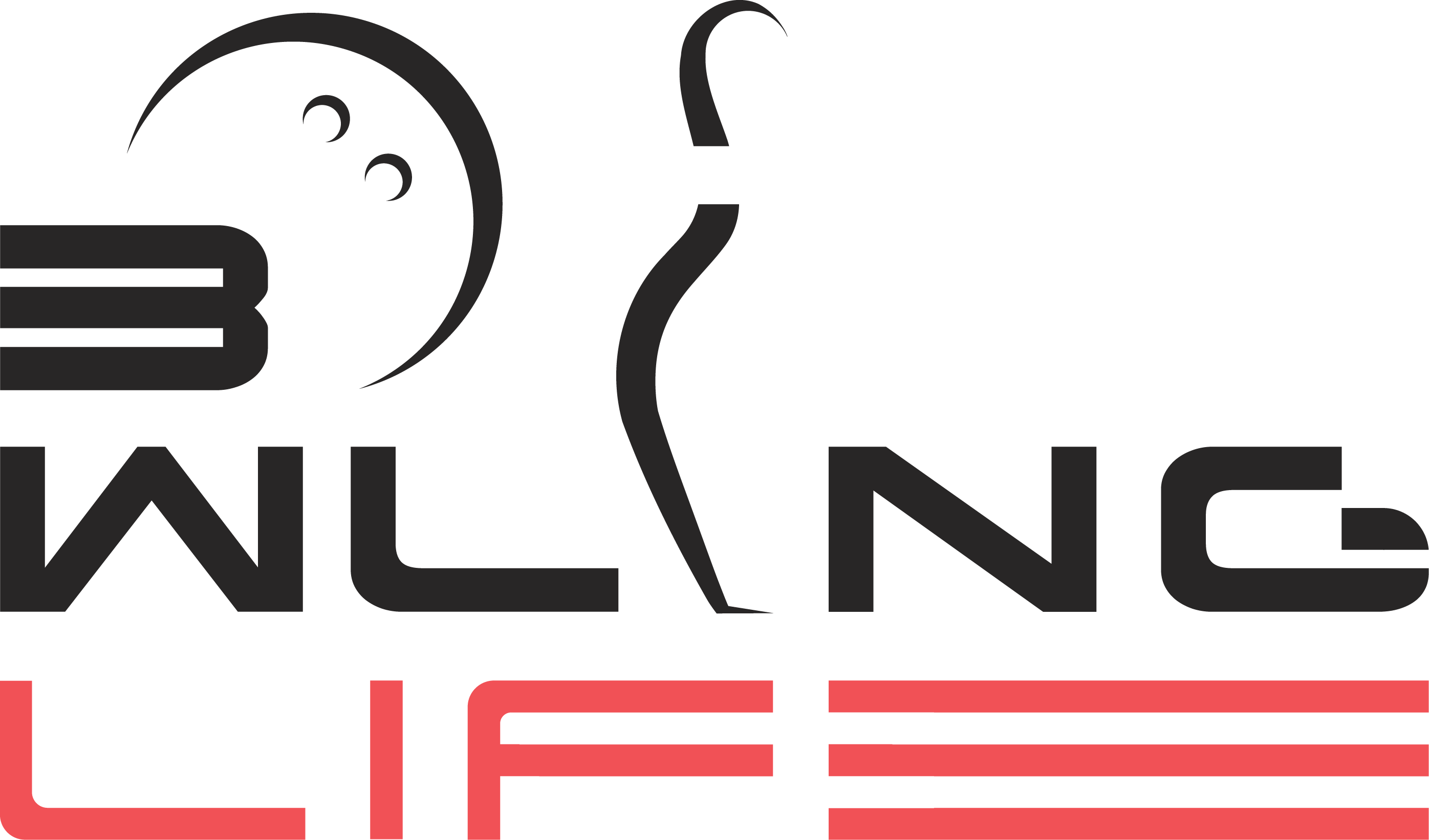900 Global Origin EX Review: Smooth, Strong, and Built for Friction
 Erikas Jansonas
Erikas Jansonas- 4 days ago
- 3 min read

The 900 Global Origin EX is the next chapter in the Origin series—and it’s built with one mission in mind: to conquer high-friction lanes with clean control and powerful continuation. If you’ve been looking for a ball that blends predictability and performance on tougher, grippier surfaces, this one might be the missing piece in your arsenal.
In this 900 Global Origin EX review, we’ll take a closer look at how it performs, who it’s best for, and where it fits among today’s top high-friction options.
Please note, some of the links in this article are affiliate links.
A Cleaner Solid for Tricky Conditions
At first glance, it’s easy to assume the Origin EX is just a dull, aggressive solid—something to tame the slickest oil patterns. But 900 Global flipped the script here. Despite its RB 89 Solid Reactive cover and 2000 grit Abralon finish, this ball was designed to clear the fronts with ease and deliver a smooth, readable backend motion without snapping too hard off the spot.
The result is something rare: a solid reactive ball that behaves more like a controllable hybrid, giving you traction without overreaction. This makes it a smart choice on high-friction surfaces, burned-out house shots, or even on beat-up panels that eat other balls alive.
Looking for smooth control on friction-heavy lanes? Check the current price for the 900 Global Origin EX on Amazon.
Asymmetry That Doesn’t Overreact
Under the hood, the Ellipse Asymmetric A.I. Core is all about versatility and roll control. It gives the Origin EX some torque, but it’s not made to jerk off the friction. The ball blends the lane beautifully and keeps you in the pocket, especially when sharper, high-diff gear starts to miss the mark.
Compared to the original 900 Global Origin, the EX offers a much smoother motion. While the original was quicker and more angular off the spot, the EX dials it down and gives you a shape that’s stable and repeatable—ideal when you're trying to manage over-under conditions or need something to bridge the gap between high-hook monsters and more finesse-oriented options.
Comparison: 900 Global Origin EX vs 900 Global Origin
Ball | Length | Backend Shape | Oil Volume | Role in Arsenal |
Medium | Controlled arc | Medium-Heavy | First ball option after your high-hook bowling ball | |
Late | Sharp/Angular | Medium | Step-down or angular transition ball |
Who It’s Best For
The Origin EX is built with high-friction in mind, which makes it especially appealing to:
Bowlers with higher rev rates or higher speeds
Two-handers who need shape control
League players who need something between their strongest solids and their polished pearls
Tournament players who often deal with transition or friction-sensitive patterns
It sits nicely between balls like the Storm Ion Max, Roto Grip Hyperdrive, or even something like the Attention Star S2. It’s also a reliable ball-down option from more aggressive asymmetric solids like the Absolute Power or X-Cell.
Pros and Cons
Pros:
Smooth, readable backend motion on high-friction lanes
Clears the fronts better than most solid cover balls
Asymmetric core without an unpredictable reaction
Sits nicely between strong solid and hybrid options
Great control piece for high rev players or friction-heavy house shots
Cons:
Too smooth for fresh or high-volume oil
May feel a bit weak for speed-dominant bowlers on slick lanes
Doesn’t offer angular pop if that’s what you’re looking for
Final Thoughts
The 900 Global Origin EX isn’t here to blow the rack off with explosive motion—it’s here to control the chaos. If you're someone who bowls on friction-heavy conditions or just needs a ball that won’t overreact when others start hooking too much, this could easily be your new go-to.
Clean through the fronts. Smooth off the spot. Predictable from start to finish. That’s the Origin EX in a nutshell.


















